Fireplace Safety Tips
Fireplace installation companies like ours often get asked the same questions about fireplace safety. Different measures exist and they all depend on the type of fireplace you have at your home. It doesn’t matter if you have a wood-burning or a gas fireplace. Bellow, you will find the best fireplace safety tips for each category.
 Consider the most common type of fireplace for its traditional appeal and cozy charm. Wood-burning fireplaces are fairly easy to use. However, its recommended to follow these safety tips to keep them in good shape.
Consider the most common type of fireplace for its traditional appeal and cozy charm. Wood-burning fireplaces are fairly easy to use. However, its recommended to follow these safety tips to keep them in good shape.
 Not everything should be burnt in your fireplace. It’s important to always use dry, cured firewood. Moist wood produces less heat and creates more smoke than dry wood. Increased smoke levels will rise the creosote build-up rate on your chimney. Creosote is a highly flammable substance. Here are some of the top kinds of wood to burn include:
Not everything should be burnt in your fireplace. It’s important to always use dry, cured firewood. Moist wood produces less heat and creates more smoke than dry wood. Increased smoke levels will rise the creosote build-up rate on your chimney. Creosote is a highly flammable substance. Here are some of the top kinds of wood to burn include:
 It’s also a good idea to close the damper when you’re not using the fireplace. This ensures that the air you’re paying to heat doesn’t escape up the chimney. If the damper doesn’t seal properly, be sure to have it replaced.
It’s also a good idea to close the damper when you’re not using the fireplace. This ensures that the air you’re paying to heat doesn’t escape up the chimney. If the damper doesn’t seal properly, be sure to have it replaced.
 A chimney cap helps to prevent objects, rain and snow to fall into your chimney. Also with a chimney cap, you will keep animals from nesting on your chimney. If you wish to know about what kind of animals live in chimneys and how to keep them out, here is an article for you.
A chimney cap helps to prevent objects, rain and snow to fall into your chimney. Also with a chimney cap, you will keep animals from nesting on your chimney. If you wish to know about what kind of animals live in chimneys and how to keep them out, here is an article for you.
 Storing your wood for a year will ensure that it is dry enough to be burnt. Dryer wood = less creosote on your chimney. Keep your firewood covered on top but leave the sides open for air to circulate.
Storing your wood for a year will ensure that it is dry enough to be burnt. Dryer wood = less creosote on your chimney. Keep your firewood covered on top but leave the sides open for air to circulate.
 Fire authorities recommend having a fire extinguisher close to your chimney or any room with fire activity. Doing so is allows homeowners to be prepared in the rare case of a fire.
Fire authorities recommend having a fire extinguisher close to your chimney or any room with fire activity. Doing so is allows homeowners to be prepared in the rare case of a fire.
 All homeowners should have smoke detectors and carbon monoxide detectors in their homes. This applies to homes with or without fireplaces. The presence of a fireplace makes it even more important. Carbon monoxide detectors can make homeowners aware if their fireplace is malfunctioning.
All homeowners should have smoke detectors and carbon monoxide detectors in their homes. This applies to homes with or without fireplaces. The presence of a fireplace makes it even more important. Carbon monoxide detectors can make homeowners aware if their fireplace is malfunctioning.
 Having your chimney inspected is the best safety measure. A chimney professional has the skills to identify chimney needs that a homeowner may miss. A chimney technician will identify any structural damage, creosote build-up or other safety concerns. They can also clean your chimney. It’s important to schedule a chimney inspection at least once a year.
Having your chimney inspected is the best safety measure. A chimney professional has the skills to identify chimney needs that a homeowner may miss. A chimney technician will identify any structural damage, creosote build-up or other safety concerns. They can also clean your chimney. It’s important to schedule a chimney inspection at least once a year.
 Many homeowners view gas fireplaces as safer due to the lack of smoke, soot or the need to light matches. By following these easy tips, you don’t have to worry about anything when you decide to create a warm fire in your home.
Many homeowners view gas fireplaces as safer due to the lack of smoke, soot or the need to light matches. By following these easy tips, you don’t have to worry about anything when you decide to create a warm fire in your home.
 Check the safety screen that serves as a barrier between the firebox and the room. It ensures that the fireplace is safe and is more efficient.
Check the safety screen that serves as a barrier between the firebox and the room. It ensures that the fireplace is safe and is more efficient.
 You should plan to schedule yearly maintenance to ensure that everything is working as it should. Professional chimney maintenance will allow you to make sure that the gas lines are in good condition. Often, smaller issues can be addressed without costing too much if you catch them early enough. Chimney Services companies like ours provide professional fireplace repair services around the Washington D.C area.
The chimney room is a great place to create memories with your loved ones. That is why it is so important to exercise safety at all times. Don’t hesitate to ask any other questions you might have. The All Pro Chimney team is always happy to help.
You should plan to schedule yearly maintenance to ensure that everything is working as it should. Professional chimney maintenance will allow you to make sure that the gas lines are in good condition. Often, smaller issues can be addressed without costing too much if you catch them early enough. Chimney Services companies like ours provide professional fireplace repair services around the Washington D.C area.
The chimney room is a great place to create memories with your loved ones. That is why it is so important to exercise safety at all times. Don’t hesitate to ask any other questions you might have. The All Pro Chimney team is always happy to help.
Safety Tips for a Wood-Burning Fireplace
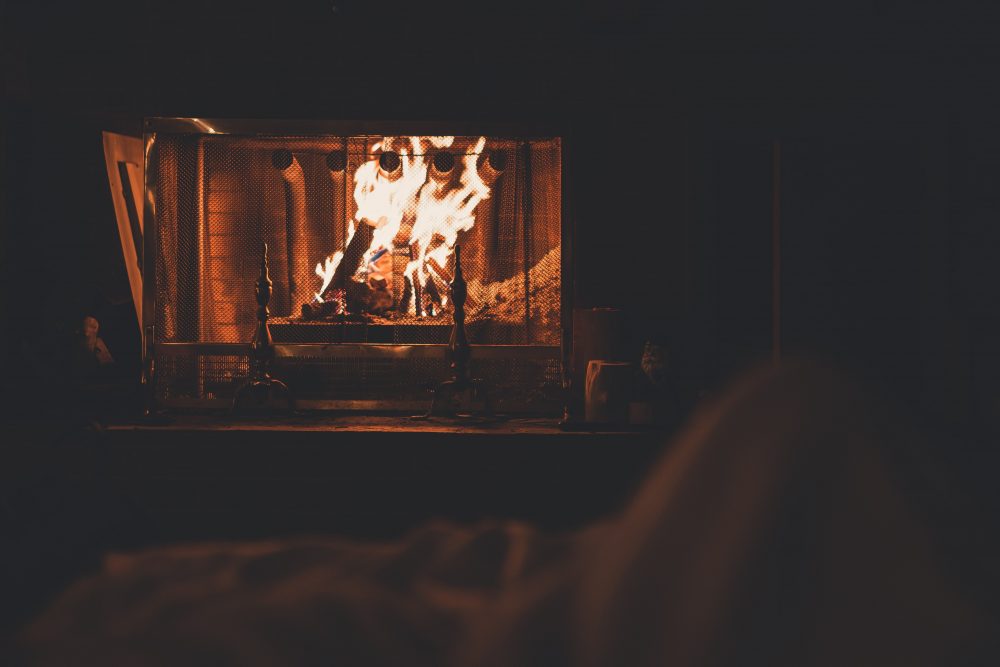 Consider the most common type of fireplace for its traditional appeal and cozy charm. Wood-burning fireplaces are fairly easy to use. However, its recommended to follow these safety tips to keep them in good shape.
Consider the most common type of fireplace for its traditional appeal and cozy charm. Wood-burning fireplaces are fairly easy to use. However, its recommended to follow these safety tips to keep them in good shape.
1. Use the Right Type of Wood
 Not everything should be burnt in your fireplace. It’s important to always use dry, cured firewood. Moist wood produces less heat and creates more smoke than dry wood. Increased smoke levels will rise the creosote build-up rate on your chimney. Creosote is a highly flammable substance. Here are some of the top kinds of wood to burn include:
Not everything should be burnt in your fireplace. It’s important to always use dry, cured firewood. Moist wood produces less heat and creates more smoke than dry wood. Increased smoke levels will rise the creosote build-up rate on your chimney. Creosote is a highly flammable substance. Here are some of the top kinds of wood to burn include:
- Beech
- White ash
- Sugar maple
- White oak
- Hickory
2. Focus on the Damper
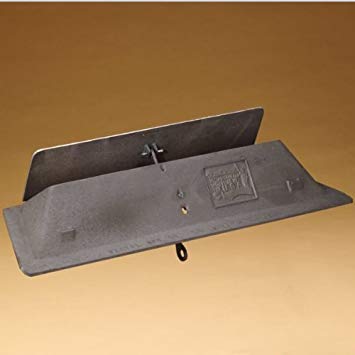 It’s also a good idea to close the damper when you’re not using the fireplace. This ensures that the air you’re paying to heat doesn’t escape up the chimney. If the damper doesn’t seal properly, be sure to have it replaced.
It’s also a good idea to close the damper when you’re not using the fireplace. This ensures that the air you’re paying to heat doesn’t escape up the chimney. If the damper doesn’t seal properly, be sure to have it replaced.
3. Install a chimney cap
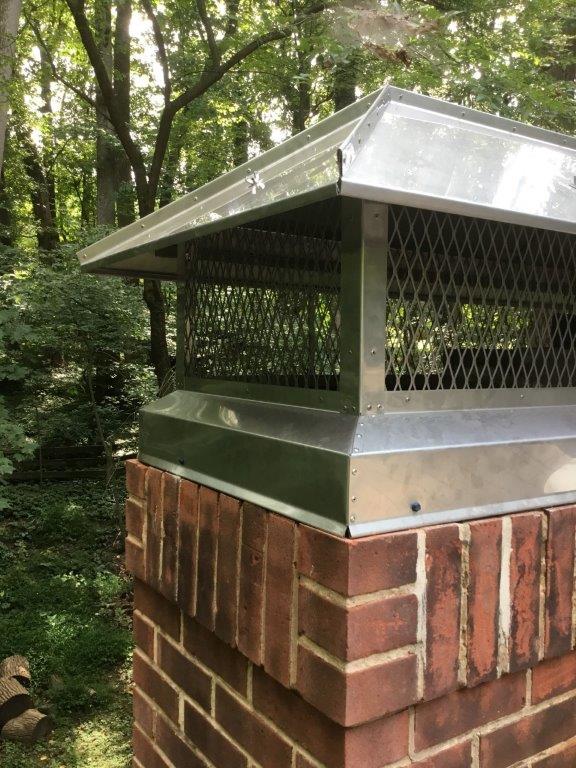 A chimney cap helps to prevent objects, rain and snow to fall into your chimney. Also with a chimney cap, you will keep animals from nesting on your chimney. If you wish to know about what kind of animals live in chimneys and how to keep them out, here is an article for you.
A chimney cap helps to prevent objects, rain and snow to fall into your chimney. Also with a chimney cap, you will keep animals from nesting on your chimney. If you wish to know about what kind of animals live in chimneys and how to keep them out, here is an article for you.
4. Store your wood properly
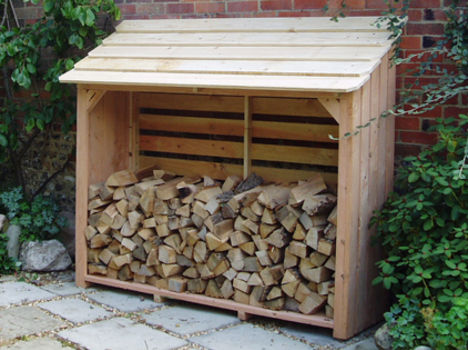 Storing your wood for a year will ensure that it is dry enough to be burnt. Dryer wood = less creosote on your chimney. Keep your firewood covered on top but leave the sides open for air to circulate.
Storing your wood for a year will ensure that it is dry enough to be burnt. Dryer wood = less creosote on your chimney. Keep your firewood covered on top but leave the sides open for air to circulate.
5. Keep a fire extinguisher close
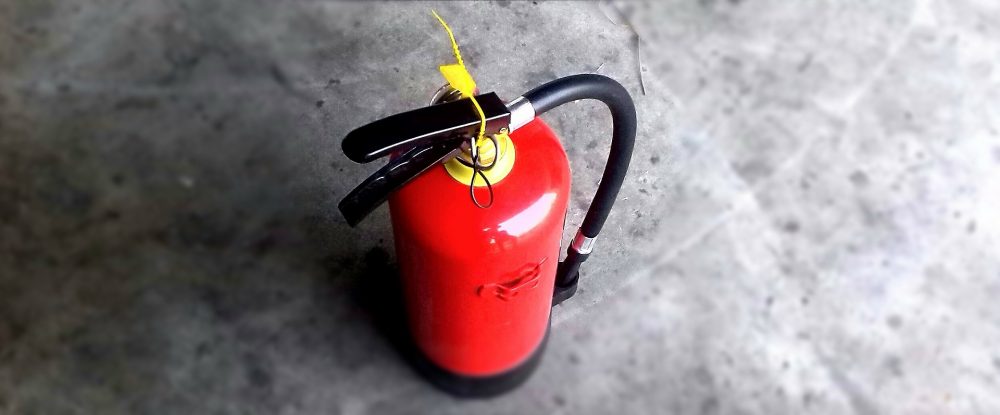 Fire authorities recommend having a fire extinguisher close to your chimney or any room with fire activity. Doing so is allows homeowners to be prepared in the rare case of a fire.
Fire authorities recommend having a fire extinguisher close to your chimney or any room with fire activity. Doing so is allows homeowners to be prepared in the rare case of a fire.
6. Install Detectors
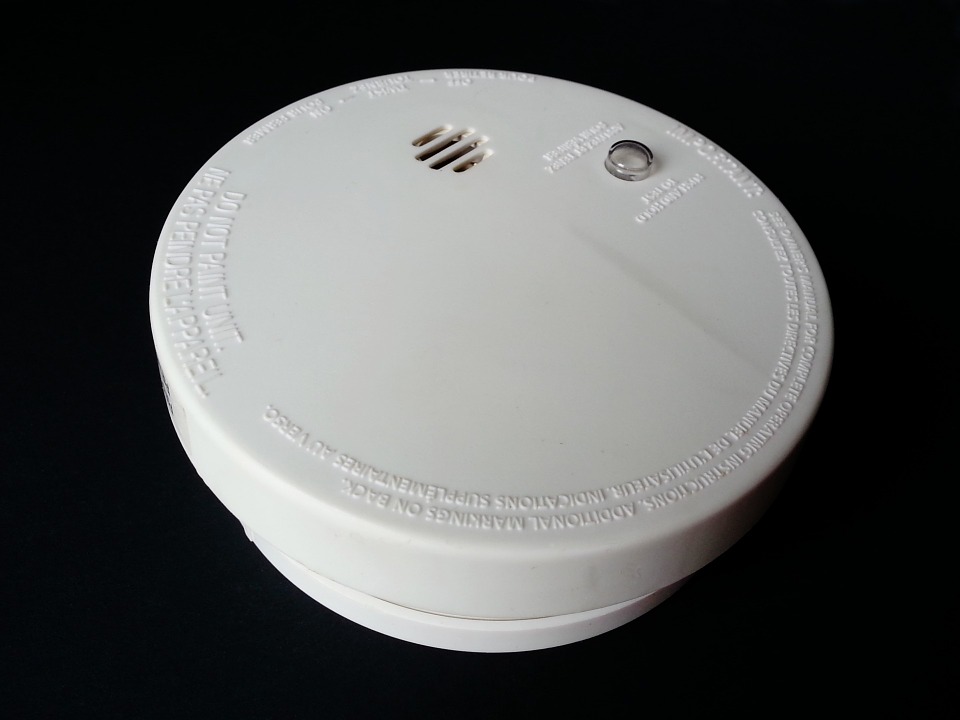 All homeowners should have smoke detectors and carbon monoxide detectors in their homes. This applies to homes with or without fireplaces. The presence of a fireplace makes it even more important. Carbon monoxide detectors can make homeowners aware if their fireplace is malfunctioning.
All homeowners should have smoke detectors and carbon monoxide detectors in their homes. This applies to homes with or without fireplaces. The presence of a fireplace makes it even more important. Carbon monoxide detectors can make homeowners aware if their fireplace is malfunctioning.
7. Schedule professional chimney services
 Having your chimney inspected is the best safety measure. A chimney professional has the skills to identify chimney needs that a homeowner may miss. A chimney technician will identify any structural damage, creosote build-up or other safety concerns. They can also clean your chimney. It’s important to schedule a chimney inspection at least once a year.
Having your chimney inspected is the best safety measure. A chimney professional has the skills to identify chimney needs that a homeowner may miss. A chimney technician will identify any structural damage, creosote build-up or other safety concerns. They can also clean your chimney. It’s important to schedule a chimney inspection at least once a year.
Safety Tips for a Gas Fireplaces
 Many homeowners view gas fireplaces as safer due to the lack of smoke, soot or the need to light matches. By following these easy tips, you don’t have to worry about anything when you decide to create a warm fire in your home.
Many homeowners view gas fireplaces as safer due to the lack of smoke, soot or the need to light matches. By following these easy tips, you don’t have to worry about anything when you decide to create a warm fire in your home.
1. Create Clearance Zones
Clearance zones are critical when you have a gas fireplace. You don’t’ want to place electronics or décor too close to the fireplace. Be sure that nothing flammable is nearby, including:- Drapes
- Books
- Wood
2. Install a Safety Screen
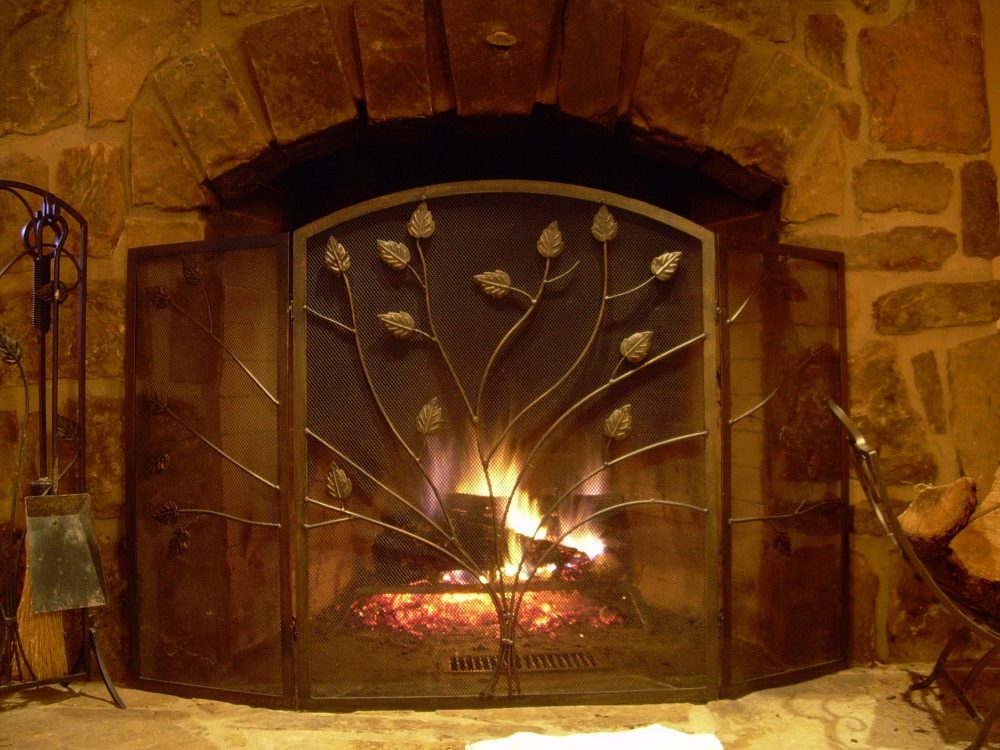 Check the safety screen that serves as a barrier between the firebox and the room. It ensures that the fireplace is safe and is more efficient.
Check the safety screen that serves as a barrier between the firebox and the room. It ensures that the fireplace is safe and is more efficient.
3. Schedule Maintenance
 You should plan to schedule yearly maintenance to ensure that everything is working as it should. Professional chimney maintenance will allow you to make sure that the gas lines are in good condition. Often, smaller issues can be addressed without costing too much if you catch them early enough. Chimney Services companies like ours provide professional fireplace repair services around the Washington D.C area.
The chimney room is a great place to create memories with your loved ones. That is why it is so important to exercise safety at all times. Don’t hesitate to ask any other questions you might have. The All Pro Chimney team is always happy to help.
You should plan to schedule yearly maintenance to ensure that everything is working as it should. Professional chimney maintenance will allow you to make sure that the gas lines are in good condition. Often, smaller issues can be addressed without costing too much if you catch them early enough. Chimney Services companies like ours provide professional fireplace repair services around the Washington D.C area.
The chimney room is a great place to create memories with your loved ones. That is why it is so important to exercise safety at all times. Don’t hesitate to ask any other questions you might have. The All Pro Chimney team is always happy to help. 